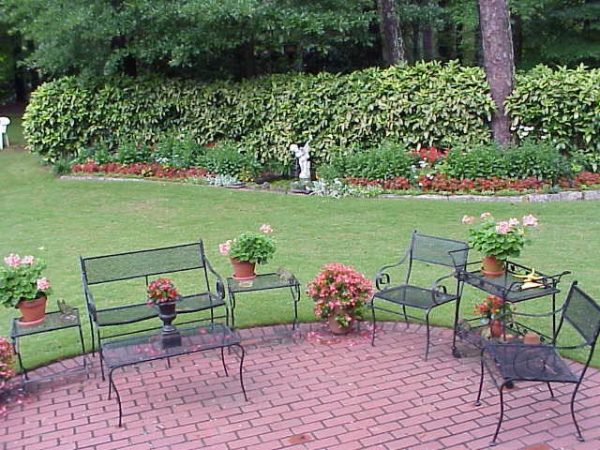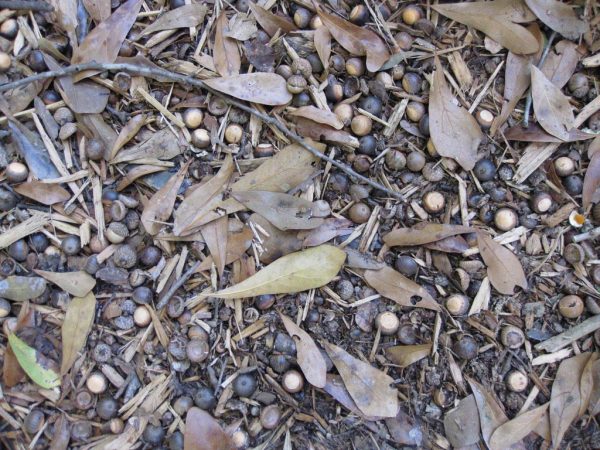Sage

Salvia officinalis
taken from The Georgia Fruit and Vegetable Book by Walter Reeves and Felder Rushing
Sage is a hardy, semi-woody perennial plant that makes a loose shrub about 2 feet tall. The leaves are harvested and used fresh or dried in stuffings, sausages and dressings. One or 2 plants is usually sufficient for most gardeners.
• See also Home Garden Sage
WHEN TO PLANT
Start Sage indoors under lights in late winter. Sow seed in peat pots and thin seedlings to 1 per pot. It is probably easier to buy started plants from garden centers or mailorder suppliers. Set out started plants as soon as the ground can be worked in the spring; they can withstand a frost.
WHERE TO PLANT
Choose a site to plant sage where it can have welldrained soil and receive full sun (8 to 10 hours or more). The plants will eventually become quite big, so place them where they will not shade other plants and where they will not interfere with other garden operations.
HOW TO PLANT
Work the soil deeply and well. Set out the started plants in the garden 15 to 18 inches apart so they have room to develop.
CARE AND MAINTENANCE
After it is established, Sage is a lowmaintenance herb requiring only a bit of weeding and pruning. Keep weeds under control by pulling or hoeing them. Prune established plants each spring to remove dead or damaged branches and to develop more compact plants. Although Sage tolerates dry soil, you may need to apply 1 inch of water if there is no rain for 1 or 2 weeks. Mites can become troublesome but using insecticidal soap controls them. (Always remember to wash it off after harvesting Sage.) During wet seasons, diseases may damage some stems; cut them out before other stems are infected. To combat severe diseases, destroy the old planting and start a new planting elsewhere in the garden.
ADDITIONAL INFORMATION
Harvest leaves when they are fully developed in spring. Clip off sprigs 8 to 10 inches long, dry them, strip the leaves from the stems and store the leaves in airtight containers until needed. Leaves can be used fresh but dried leaves are usually used. Plants need no special care for winter. Do not prune them too severely before the onset of winter, however, or their survival will be adversely affected.
VARIETIES
‘Berggarten’ has largerthanaverage, round leaves and a bushy habit that stays full down to the base of the stems. ‘Tricolor’ and ‘Icterina’ are sold as ornamentals because of their leaf color but they can also be used as culinary herbs.
















